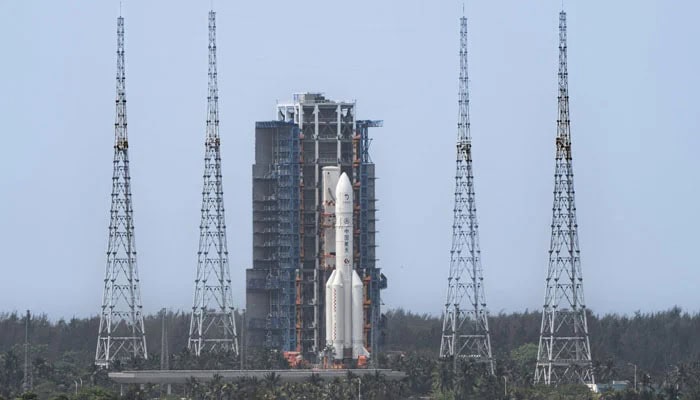ISLAMABAD – In the wake of India’s Chandrayaan-3 moon landing last year, Pakistan is gearing up for its own landmark lunar mission, ICUBE-Q, scheduled to launch on Friday, May 3rd, aboard China’s Chang’E6 from Hainan.
Developed in collaboration with China’s Shanghai University SJTU and Pakistan’s national space agency Suparco, the ICUBE-Q satellite has been meticulously crafted by the Institute of Space Technology (IST). Equipped with two optical cameras to capture detailed images of the lunar surface, ICUBE-Q has successfully completed qualification and testing phases and is now integrated with the Chang’e6 mission, part of China’s ongoing lunar exploration program.
Chang’e6, the sixth installment in China’s lunar exploration series, aims to land on the moon’s far side to collect surface samples for further research upon its return to Earth.
This mission bears great significance for Pakistan, as it will also carry the Pakistan CubeSat Satellite iCube-Q, developed by IST. CubeSats are known for their compact size and standardized design, typically weighing only a few kilograms. They are deployed for various purposes in space, including scientific research, technology development, and educational initiatives.
CubeSats serve as versatile platforms for a wide range of missions, such as earth observations, remote sensing, atmospheric research, communications, astronomy, and technology demonstrations. Their relatively low cost compared to traditional satellites makes them accessible to universities, research institutions, and commercial entities, fostering innovation and collaboration within the space community.
Pakistan’s participation in this lunar mission not only signifies its growing presence in space exploration but also opens doors for scientific advancement and technological innovation on a global scale.














